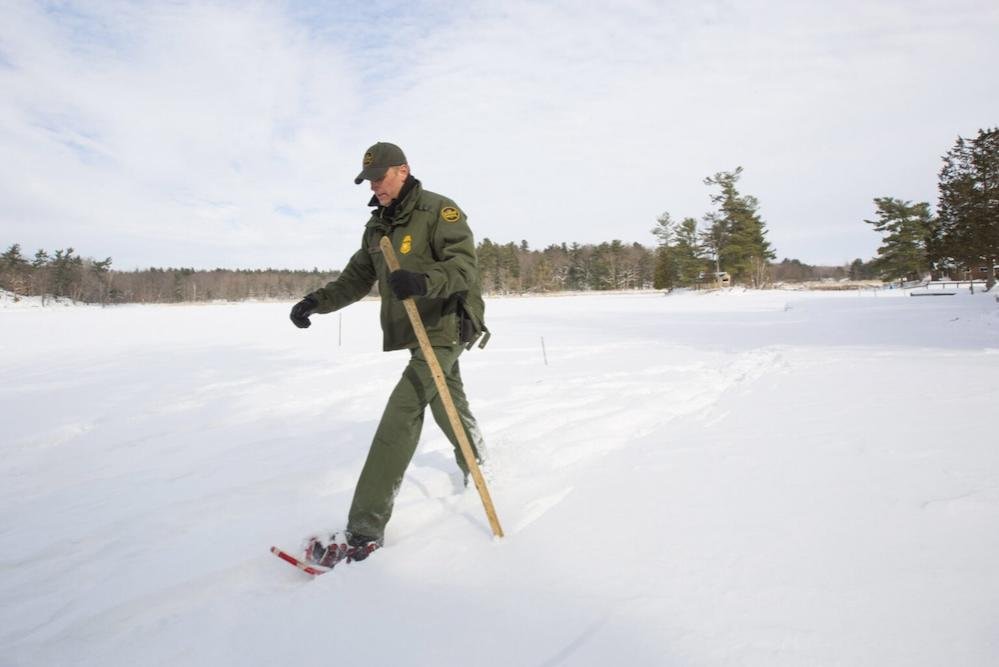border
Congress Seeks Tighter Border Security Measures with Canada

In June, the U.S. Senate unanimously passed the Northern Border Coordination Act, a bipartisan bill aimed at addressing growing migration issues along the U.S.-Canada border.
Co-authored by Senators Susan Collins (R-Maine) and Gary Peters (D-Michigan), the legislation seeks to bolster northern border security by hiring more U.S. Border Patrol agents and establishing the Northern Border Coordination Center at Selfridge Air National Guard Base near Detroit. The House of Representatives has yet to act on the bill.
Spanning over 5,500 miles, the U.S.-Canada border is the longest international boundary in the world. It is divided into eight patrol sectors with 49 border crossing stations, many of which remain largely undefended, marked only by natural features like streams or lakes and a six-foot-wide clearing, or “vista.”
In 2023, U.S. Customs and Border Protection (CBP) reported nearly 190,000 illegal crossing attempts from Canada, a significant rise from previous years. The Swanton Sector, covering parts of New York, Vermont, and New Hampshire, experienced a 550% increase in apprehensions from October 2022 to September 2023. However, CBP noted that while encounter numbers are rising, they don’t necessarily reflect a proportional increase in actual entries.
A 2019 U.S. Government Accountability Office study cited severe staffing shortages at the northern border due to prioritization of U.S.-Mexico border issues. CBP continues to call for increased congressional support to address these inadequacies. Peters believes the new legislation will mitigate these staffing challenges and enhance border security through improved coordination, personnel training, and technology testing.
Many migrants entering the U.S. from Canada originate outside North America, with a significant number coming from Mexico, India, Bangladesh, and Haiti. According to Collen Putzel of the Migration Policy Institute, smuggling networks often dictate migration routes. Changes in Canadian visa policies for Mexican nationals have also contributed to an increased number of asylum claims in Canada, rising from 110 in 2015 to nearly 24,000 by the end of 2023.
National security concerns have intensified, with the CBP Office of Field Operations encountering 484 individuals on the terrorist watchlist attempting to cross from Canada in 2023, compared to just 80 on the southern border. Drug seizures along the northern boundary rose by 29% from 2021, although weapon seizures declined significantly.
Rep. Shri Thanedar (D-Michigan) stressed the importance of addressing the national security threats posed by the northern border, suggesting that the Collins-Peters proposal is crucial for community safety within Michigan’s 13th Congressional District.
Sociologist Silvia Pedraza from the University of Michigan highlighted the economic factors driving migrants to the U.S. rather than Canada, noting that the American job market offers better opportunities despite lacking legal work documents. She pointed out that immigrants fulfill critical roles in industries like agriculture, construction, and services—sectors facing labor shortages due to U.S. citizens’ rising educational attainment.
Pedraza emphasized the economic contributions of immigrants, contradicting negative media portrayals, and argued that recognizing and addressing these contributions is essential for resolving broader immigration issues.


















